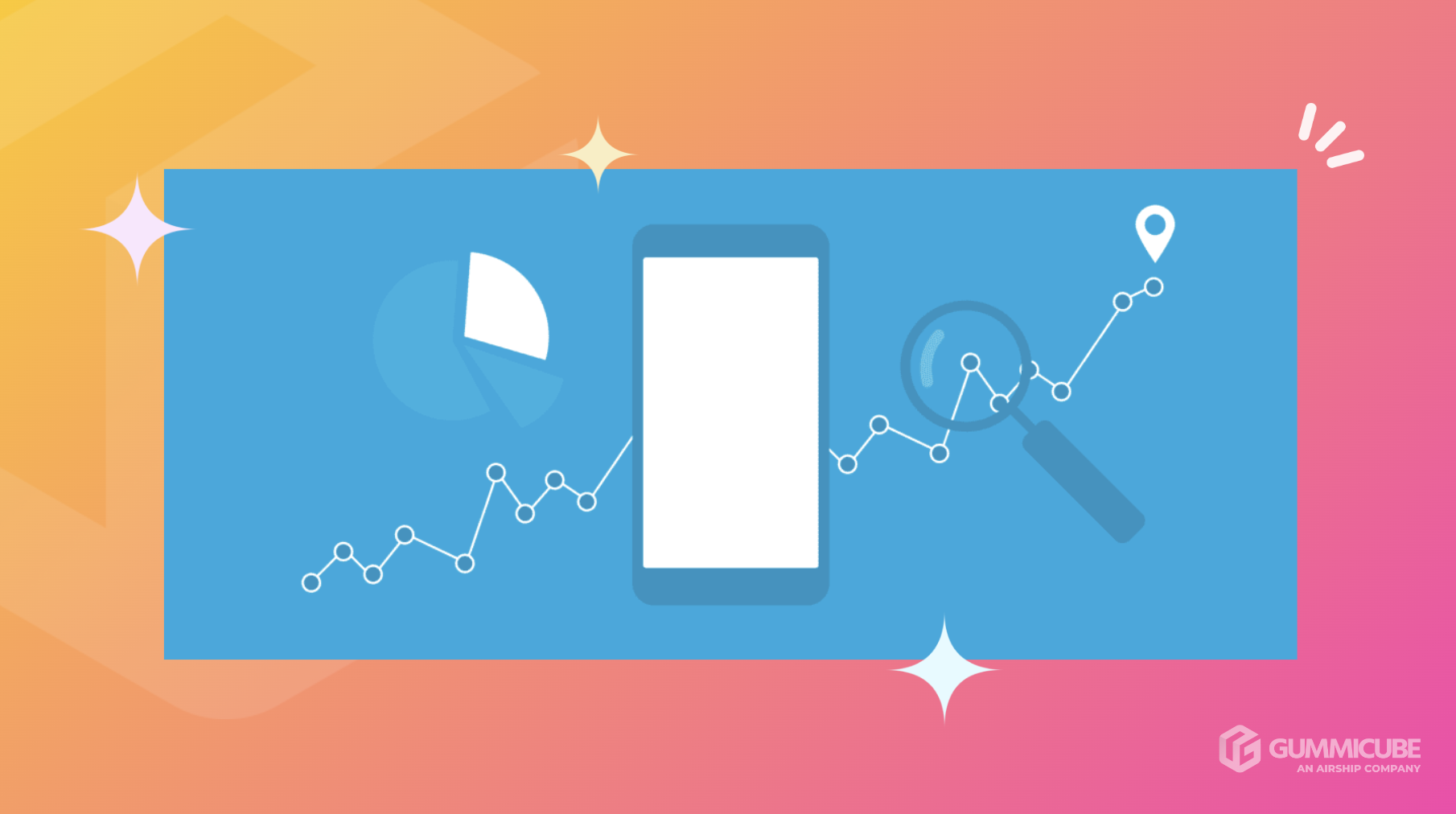
How to Set Your App Up For Success in The New Year
Posted on January 2nd, 2026
Apps that enter the new year with an intentional, data-driven ASO strategy are better positioned to drive sustainable growth, visibility, and convert users.

When it comes to enhancing app conversion rates, a comprehensive approach is crucial. In today's crowded app marketplace, simply launching an app and hoping for the best is no longer viable. Proactive strategies are essential to ensure your app is discoverable, engaging, and optimized for conversion.
Understanding user behavior and preferences plays a significant role in crafting effective strategies that not only drive traffic to your app but also convert visitors into loyal users. Key elements like target audience insights, compelling visuals, engaging descriptions, and ongoing user engagement are integral to maximizing your app's conversion potential.
In this blog, we’ll explore effective strategies to boost your app's conversion rates, focusing on the best practices that can elevate your app's performance in a competitive landscape.
Conversion rates are one of the most vital metrics for app store optimization. Driving traffic to your app’s page is important, but persuading users to download your app is the ultimate goal. Conversion rates show how effectively your app’s listing convinces users to take action. Several elements contribute to conversion rates, including:
By optimizing these aspects, you can enhance your app’s overall performance and conversion potential. Engaging with users in the review section to build rapport and trust is critical. Responding to both positive and negative feedback demonstrates that you value user input and are committed to continuous improvement.
As you continue to refine your ASO strategy, remember that understanding your users and their needs is the foundation for boosting conversion rates and ensuring long-term success.

A successful ASO strategy hinges on balancing data-driven decisions with continuous improvement. With so many apps competing for visibility, standing out involves more than just a one-time effort; it requires an ongoing commitment to optimization. The key to maintaining and growing your app’s success is regularly revisiting and refining different aspects of your app store listing.
Some essential ASO best practices include:
Consistency is critical in ASO—it’s not a set-it-and-forget-it process but an evolving one that responds to market trends and user behavior. Regular keyword updates play a crucial role here, allowing you to stay attuned to what your audience is searching for.
By capitalizing on keyword performance data, you can also refine your visual elements to better align with your most important keywords. This ensures your app resonates with users and increases conversions across the board.
A/B testing is crucial to ASO success because it allows you to experiment with different aspects of your app’s listing to see which variations lead to higher conversions. Testing your app’s title, description, icon, and screenshots gives you valuable insight into what resonates with your audience. For instance, testing two different sets of visuals could reveal which one leads to higher conversion rates. These insights are instrumental in helping you optimize your app store page for maximum downloads.
Both Apple’s and Google’s built-in A/B testing tools offer a solid starting point for testing your app’s listing. However, with A/B testing, developers almost always run into different limitations. Apple’s Product Page Optimization and Google Play’s Experiments can only offer so much in terms of actionable tests and insights. Key benefits of A/B testing include:
Regularly testing and refining your app’s listing helps improve its visual appeal and increases its overall conversion potential. While built-in tools can provide initial testing opportunities, advanced platforms like Splitcube offer even deeper insights, giving you the flexibility and control necessary for greater success.
With crucial items like an app’s title, no such native tool exists.
External testing tools like Splitcube make it easy to test and validate hypotheses, enabling you to quickly assess changes across all assets in the store as you gain learnings. A/B testing visual assets and iterating based on real-time data ensures that your app remains optimized for visibility and engagement.
Remember, the goal of A/B testing is not just to find what works but to understand why it works. By collecting qualitative data through user surveys or feedback, you can enhance your testing strategy and gain deeper insights into user preferences. Tools like Splitcube streamline this process, enabling you to test multiple variables simultaneously, which helps you uncover the ‘why’ behind user behaviors.
In addition to running tests, establishing a routine for reviewing performance metrics is key. Regularly analyze user feedback and market trends to pinpoint areas for improvement, ensuring your app consistently meets user needs and stays optimized across all fronts.
Although Apple’s and Google’s A/B testing tools are beneficial, sometimes more flexibility and deeper insights are necessary to drive better results. This is where Splitcube comes in. Splitcube lets you create look-alike app store pages to test multiple variations of your app’s listing without making permanent changes. This is invaluable when experimenting with different visual styles, messaging, or user experiences before committing to new designs on your actual app store page.
What makes Splitcube stand out is its ability to provide granular insights into user behavior, traffic, and conversions. By analyzing these metrics, you can make informed decisions that align with your app’s marketing goals and user preferences, ultimately optimizing your app store page for greater success. This tool empowers you to not only test variations but also understand the performance of each variant in real time. This allows for swift adjustments that can significantly enhance your app’s conversion rates.
In today’s highly competitive app store landscape, optimizing your app for both visibility and conversions is essential. By using the right ASO tools, you can ensure your app remains ahead of the competition and continues to perform well. Whether you’re focusing on keyword optimization, A/B testing, or improving visuals, every step you take brings you closer to enhancing your app’s conversion rates.
Look to external testing tools like Splitcube that offer unique insights and flexibility, empowering you to make informed decisions that fine-tune your app’s performance for maximum impact. Incorporating these strategies into your ASO workflow will set you on the path to long-term app store success.
A well-rounded ASO strategy that integrates both qualitative and quantitative data will ensure that your app not only attracts users but also converts them into loyal customers. By maintaining a consistent focus on optimization, you can adapt to changes in user behavior and market dynamics, leading to sustained growth and success in the app store.
If you’re feeling overwhelmed by the numerous aspects of ASO or simply want to explore how to elevate your app’s performance, you’re not alone. Many developers and marketers share these concerns as they strive to navigate the complexities of app store optimization. Sometimes, a fresh perspective or expert guidance can make all the difference.
At Gummicube, we’re here to help you explore the full potential of ASO. Whether you’re curious about the latest tools, best practices, or specific strategies tailored to your app’s needs, we’d love to chat. Feel free to reach out to us, and let’s discuss how we can support your journey toward achieving higher conversion rates and greater success in the app store. Together, we can identify the right path for your app and ensure it stands out in today’s competitive marketplace.

Apps that enter the new year with an intentional, data-driven ASO strategy are better positioned to drive sustainable growth, visibility, and convert users.

App screenshots are not decorative assets. They are strategic conversion tools that play a critical role in App Store Optimization.

By evaluating the feedback from a rejected In-App Event, app developers can resubmit and gain approval. If you are looking to refine your IAE, reach out today.